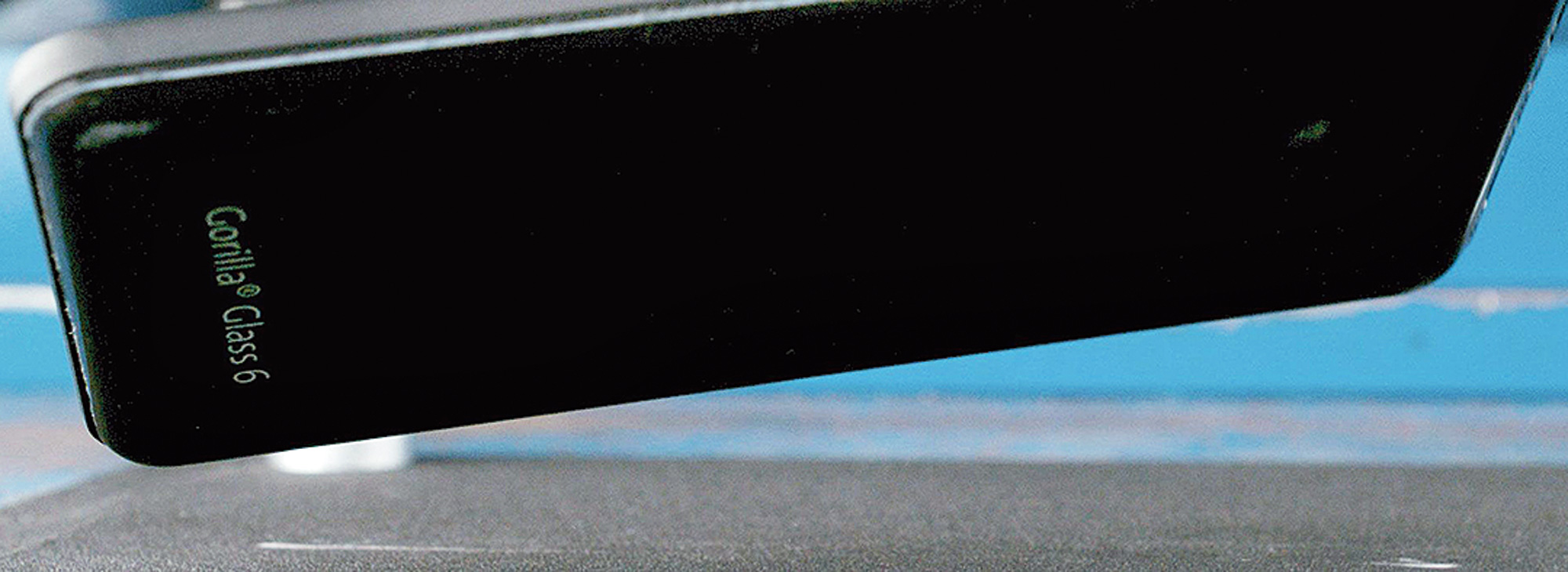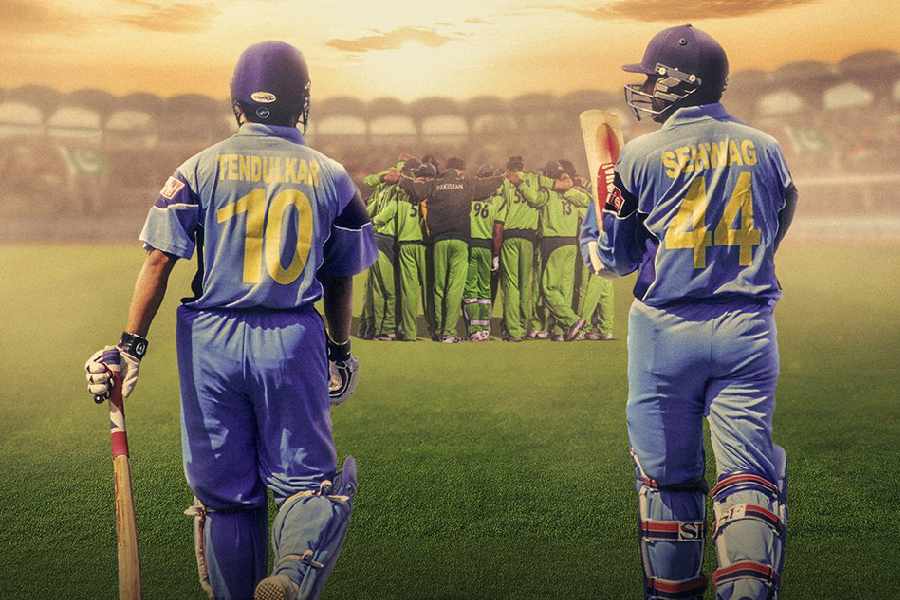Many of us have experienced that gut-wrenching moment of dropping a smartphone. You pick it up with dread and discover that the touch screen has become a mosaic of cracked glass. Now, US-based Corning Incorporated has come up with its smash proof Gorilla Glass 6 that can apparently survive an average of 15 drops on a hard surface from 3.3 feet (1 metre), twice as durable as its predecessor.
Corning is the company credited with developing the glass case for Thomas Edison’s light bulb and, later, a mass production process that made light bulbs widely available. In 2007, Corning developed Gorilla Glass — thin, light and damage-resistant, making it the ideal cover material for the consumer electronics industry. The company claims that more than 50 major electronic manufacturers have used its glass in 6 billion devices.
The basic manufacturing process is similar for each generation, using an “ion-exchange process”. This is essentially a strengthening process where the glass is placed in a bath of molten salt at 400°Celsius (752° Fahrenheit). Potassium ions in the bath create a “layer of compressive stress” on the glass, giving it added strength.
A recent worldwide Toluna consumer study revealed that, on average, people drop their phones seven times a year, with more than 50 per cent of the drops occurring from a height of one metre or less. To improve cover glass performance, Corning scientists developed and engineered an entirely new material to address the challenge of multiple drops. Under the same test conditions, competitive glass compositions, such as soda lime and aluminosilicate, did not survive the first drop.
“Gorilla Glass 6 is an entirely new glass composition that can be chemically strengthened to give it significantly higher levels of compression than is possible with Gorilla Glass 5. This enables Gorilla Glass 6 to be more resistant to damage,” says Jaymin Amin, vice-president of technology and product development, Corning Gorilla Glass and Corning Specialty Materials. “With breaks during drops being a probabilistic event, the added compression helps increase, on average, the likelihood of survival through multiple drops.”
In addition to larger front displays with more surface area, mobile device manufacturers are also embracing phone designs with glass backs. These designs are providing new features and applications for consumers, such as enhanced wireless charging, larger screen sizes with smaller bezels, and customisation through printed glass backs. With its optical clarity, touch sensitivity, scratch resistance, efficient wireless charging and enhanced durability, Gorilla Glass 6 is poised to enable these new design trends.
“Gorilla Glass 6 was also developed to meet the requirements of modern designs that use glass for more than 85 per cent of the enclosure. With its aesthetic and performance advantages, glass is on the right side of the technology curve and will continue to be the material of choice for mobiles,” says Scott Forester, division vice-president, marketing and innovation products, Corning Gorilla Glass.
Expect to see Gorilla Glass 6 devices within the next few months.










